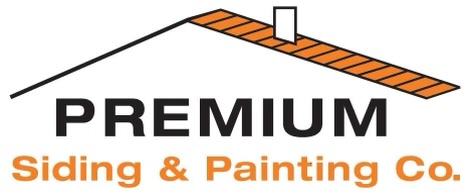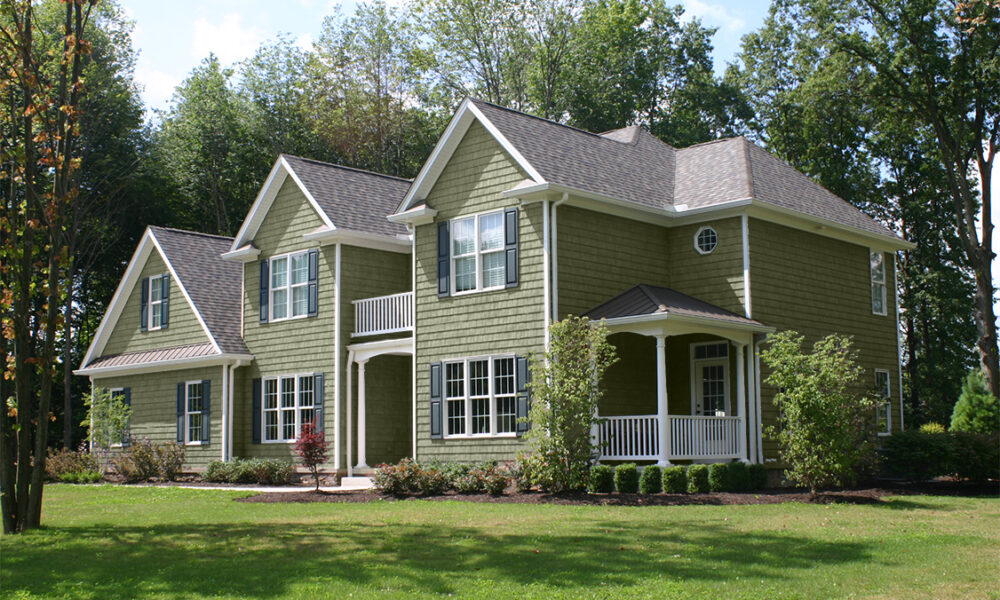Siding plays a crucial role in protecting a home from the elements, enhancing curb appeal, and improving energy efficiency. Over time, siding can deteriorate due to exposure to weather, moisture, and everyday wear and tear. Homeowners often face a critical decision: should they repair or replace their siding?
Understanding the signs of damage, the costs involved, and the long-term benefits of each option can help make an informed decision. This guide breaks down the key factors to consider when choosing between siding repair and siding replacement.
Signs Your Siding Needs Attention
Before deciding whether to repair or replace siding, it’s important to assess its current condition. Here are some common warning signs that indicate your siding may need maintenance:
- Cracks, Holes, or Warping: Physical damage compromises siding’s ability to protect your home from moisture and pests.
- Mold or Mildew Growth: Excessive moisture buildup behind the siding can lead to mold or mildew, which may affect both the siding and the home’s structure.
- Fading or Peeling Paint: Siding that has lost its color or finish may no longer provide adequate weather resistance.
- Higher Energy Bills: Damaged or deteriorating siding can cause poor insulation, leading to increased heating and cooling costs.
- Rot or Soft Spots: Wood siding, in particular, is prone to rot, which can spread and weaken the structural integrity of a home.
- Frequent Repairs: If you’re constantly fixing sections of your siding, it may be more cost-effective to replace it entirely.
When to Repair Siding
In some cases, minor damage can be addressed with siding repairs rather than a full replacement. Here’s when a repair might be the best choice:
1. Small, Isolated Damage
If only a few boards or panels are cracked, chipped, or dented due to minor impacts, targeted repairs can restore the siding’s integrity without a full replacement.
2. Recent Installation with Localized Issues
Newer siding that has sustained small areas of damage—such as a single warped panel—may not need a complete overhaul. Instead, replacing just the affected pieces can maintain both appearance and functionality.
3. Budget Constraints
If a full siding replacement isn’t financially feasible, repairing damaged sections can extend the siding’s lifespan and delay the need for a more significant investment.
4. Preserving Historic or Specialty Siding
Homes with unique, custom, or historic siding may benefit from selective repairs to maintain architectural integrity while keeping costs manageable.
Pros of Siding Repair:
✔ Cost-effective for minor issues
✔ Faster and less labor-intensive than full replacement
✔ Maintains the original siding if the damage is minimal
Cons of Siding Repair:
❌ May not fully resolve underlying structural issues
❌ Color matching with existing siding can be difficult
❌ Can be a temporary fix if the siding is nearing the end of its lifespan
When to Replace Siding
A full siding replacement may be the best option when the existing siding is severely damaged, outdated, or inefficient. Here are scenarios where a complete replacement makes more sense:
1. Extensive Damage
If the siding is widespread with cracks, warping, rot, or water damage, replacing it can prevent further deterioration and costly structural repairs.
2. Energy Efficiency Concerns
Old or poorly insulated siding can contribute to heat loss during winter and heat gain during summer, leading to higher utility bills. Upgrading to modern siding materials with better insulation can improve energy efficiency and lower costs.
3. Frequent Repairs & Maintenance
If you find yourself constantly repairing different sections of your siding, the costs can add up over time. Replacing the siding entirely may be a more cost-effective and long-term solution.
4. Outdated or Unattractive Appearance
Siding plays a significant role in a home’s curb appeal and resale value. If the siding is faded, peeling, or simply outdated, a new siding installation can dramatically transform the home’s exterior.
5. Selling or Increasing Home Value
If you’re planning to sell your home, new siding can increase its value and attract potential buyers. A modern, well-maintained exterior makes a great first impression and reassures buyers about the home’s condition.
Pros of Siding Replacement:
✔ Provides long-term protection and durability
✔ Enhances home value and aesthetic appeal
✔ Improves energy efficiency and insulation
✔ Eliminates the need for ongoing repairs
Cons of Siding Replacement:
❌ Higher initial cost than repairs
❌ More time-consuming than simple patchwork
Repair vs. Replace: Making the Right Choice
Deciding whether to repair or replace siding ultimately depends on:
✅ Extent of the Damage: Small areas of damage may only need repairs, while widespread issues often require replacement.
✅ Age of the Siding: If the siding is over 15-20 years old, it may be more practical to replace it.
✅ Long-Term Costs: Continuous repairs can add up—sometimes, investing in new siding saves money in the long run.
✅ Energy Efficiency Goals: If energy bills are high, replacing old siding with modern, insulated materials can offer significant savings.
Choosing the Best Siding for Replacement
If you decide on a full siding replacement, choosing the right material is key. Here are some top siding options to consider:
- Fiber Cement Siding – Extremely durable, fire-resistant, and low-maintenance.
- Vinyl Siding – Affordable, weather-resistant, and comes in various styles.
- Wood Siding – Classic and visually appealing but requires more maintenance.
- Engineered Wood Siding – Offers a natural wood look with enhanced durability.
- Metal Siding – Highly resistant to weather and fire but can be costly.
Final Thoughts: Should You Repair or Replace Your Siding?
If your siding has minimal damage and is still structurally sound, a repair might be enough to restore its function. However, if the siding is significantly damaged, outdated, or no longer energy-efficient, a full replacement may be the smarter investment in the long run.
Regardless of the choice, keeping siding in optimal condition ensures better home protection, increased value, and improved energy efficiency.
Need Help Deciding? Get Expert Advice Today!
Not sure whether to repair or replace your siding? Speak with a siding professional to assess your home’s needs and get personalized recommendations.
Schedule a consultation today and keep your home looking its best!

